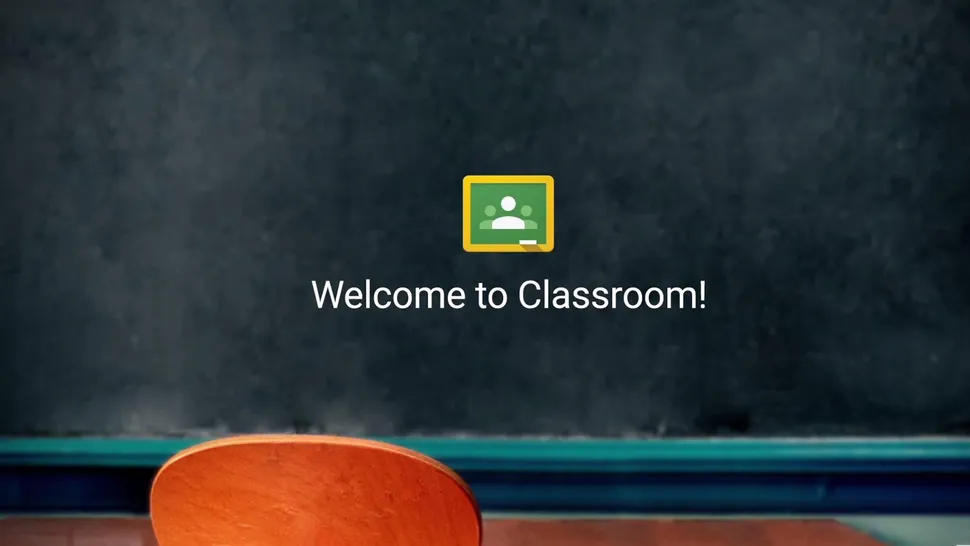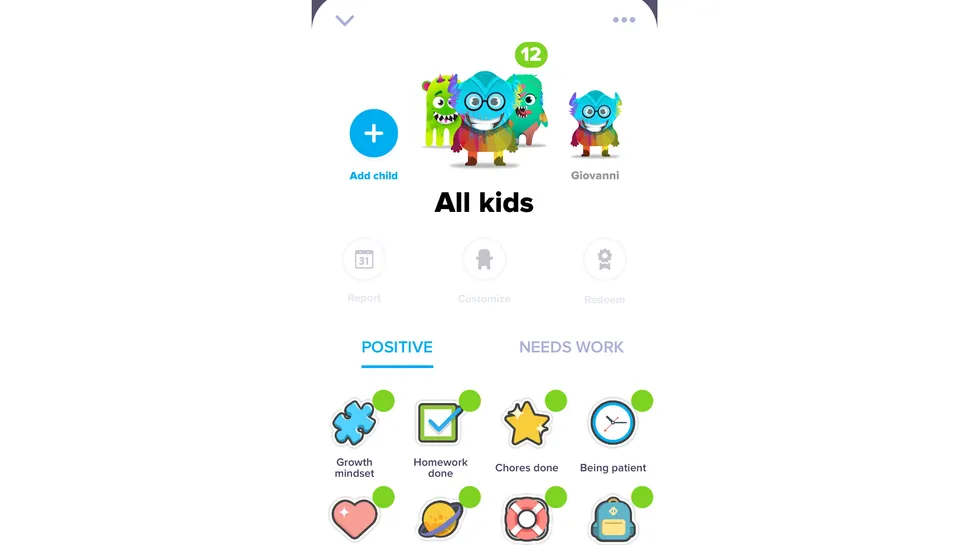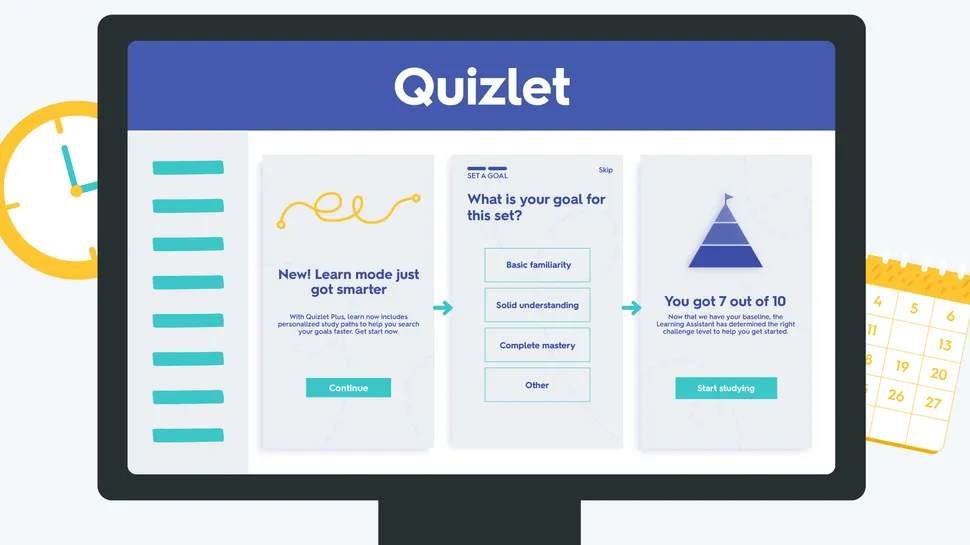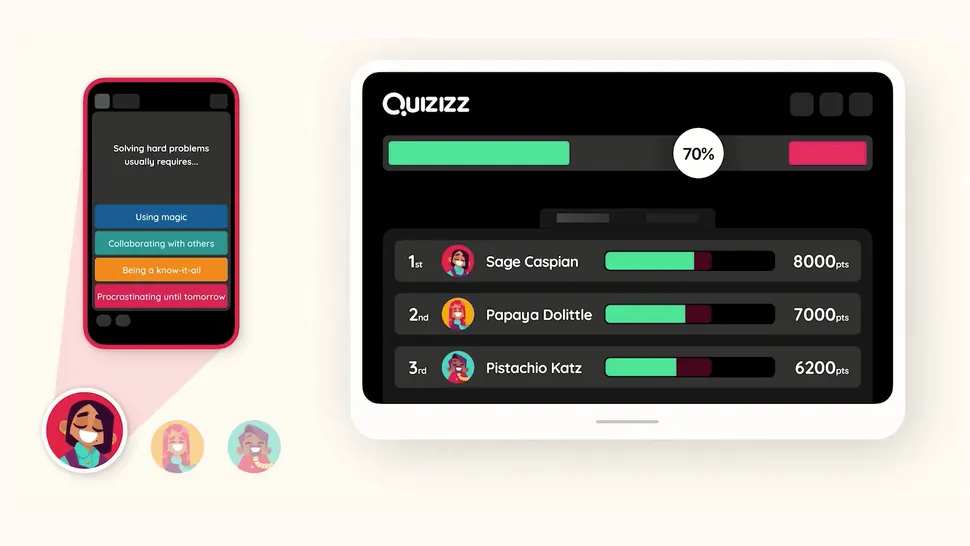When teaching a foreign language, sometimes it gets hard to engage students and to motivate them to learn. Luckily, nowadays technology has brought to our lives different tools and apps in order to make the teaching and learning process easier and more effective.
👇👇In this article you would find different apps to use in your classroom 👇👇
- Google Classroom
As more schools have transitioned to online learning, Google Classroom has got far wider use as teachers quickly implement paperless instruction. Classrooms work with Google Docs, Sheets, Slides, Sites, Earth, Calendar, and Gmail, and can be supplemented by Google Hangouts or Meet for face-to-face live teaching or questions.
2. Class Dojo
ClassDojo is digital
sharing platform that allows teachers to document the day in class and share
that with families via a web browser so that nearly any device can access the
content – from a simple smartphone to a laptop computer. As long as it has a browser, photos and videos can be
viewed.
ClassDojo's
messaging service is another big draw since it allows parents and teachers to
communicate through commenting on photos and videos and messaging directly. The
translation service that offers more than 35 languages is a great tool since it
allows teachers to enter text in their native language and have all parents and
guardians read it in theirs.
ClassDojo allows teachers to work with the class remotely too, including to provide activities for students, deal out classwork, and share lessons. Students can earn Dojo Points based on their conduct, letting teachers use the app to foster positive student behavior.
3. Quizlet
At its most basic, Quizlet is a digital pop-quiz database. It features more than 300 million study sets, each one being like a deck of flash cards. It's also interactive, with the ability to create your own study set, or clone and edit those of others.
Verified
Creators, as they're called, also create and share study sets. These come from
curriculum publishers and educational institutions so you know they will be of
a high caliber.
Quizlet
is sectionalized by subject so it can easily be navigated to find a specific
study target. Lots of these use flashcard-style layouts that offer a prompt or
question that the student can select to flip over to get the answer.
But
there are various options that let you learn more from the same data in
different ways. So you could select "learn" instead of
"flashcards," and then the question would be given only with multiple
choice answers, for a more active learning approach.
4. Quizizz
From a student's perspective, this makes learning more fun with game-based interactions and an ability to work through a quiz using their own devices. For teachers, there is a host of pre-built quizzes to pick from as well as the option to edit and create their own from scratch.
Since students only need an access code, they don't need to sign-up for an account, making it super simple to access for everyone. It also means their privacy and personal details can be kept be protected.
For teachers this platform offers a large database of quiz options, making it a simple to use tool that doesn't require a lot of time and effort. But since these can be edited, this can also provide a more in-depth and personalized offering for students and classes.
Here you have a video to learn a little bit about other apps to bring to your classroom and make the lerning experience amazing! 💥




Comments
Post a Comment